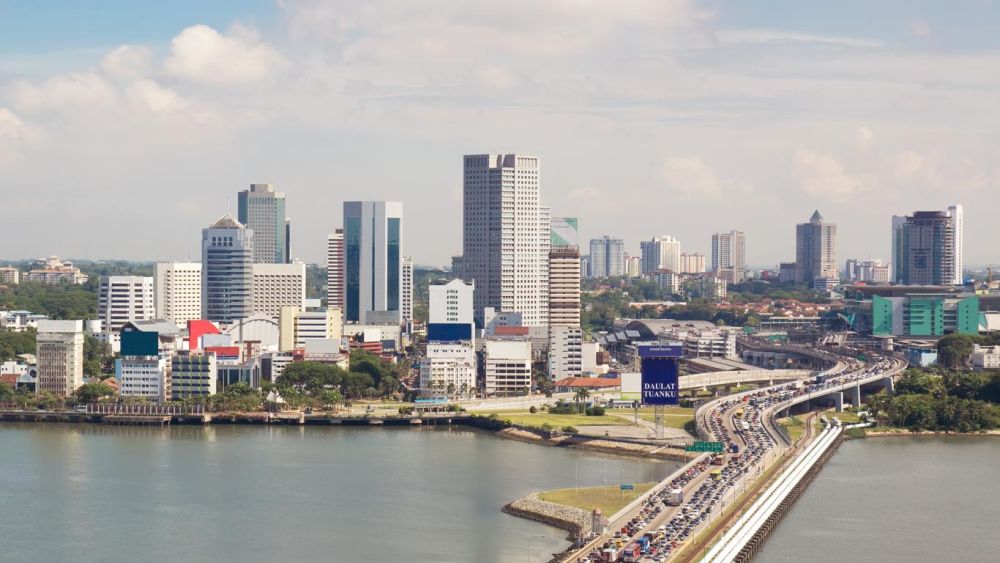

Johor Bahru, often colloquially referred to as JB, is the capital city of the Malaysian state of Johor. Located at the southern tip of the Malay Peninsula, it is a gateway to Singapore, with which it is connected by a causeway and a bridge.
The history of tourism in Johor Bahru dates back to the early 20th century when it was known as Tanjung Puteri. The city's proximity to Singapore has always been a significant factor in its growth. When Malaysia and Singapore separated in 1965, Johor Bahru started to develop its own identity and tourist attractions.
Johor Bahru's transformation into a tourist destination began in earnest with the opening of various historical and cultural sites. The Sultan Abu Bakar State Mosque is a prime example of the city's architecture and an early indicator of its tourism potential. The Grand Palace and the Royal Abu Bakar Museum showcase the rich history of the Johor Sultanate and have been key attractions for visitors interested in Malay culture and heritage for decades.
In the 1990s and early 2000s, Johor Bahru experienced a significant surge in tourism. The development of modern shopping malls and the establishment of various theme parks, including the famous Legoland Malaysia Resort which opened in 2012, attracted families from across the region. The Hello Kitty Town and The Little Big Club also contributed to Johor Bahru's reputation as a family-friendly destination.
The city's tourism industry continued to grow with the improvement of infrastructure and connectivity. The Johor-Singapore Causeway and the Malaysia-Singapore Second Link have made travel between the two countries easier, increasing the number of day-trippers and international tourists.
Gastronomy tourism has also emerged as a significant trend, with visitors flocking to Johor Bahru for its vibrant street food scene, seafood, and local delicacies. Shopping tourism remains strong as well, with numerous shopping malls offering a variety of international and local brands.
Johor Bahru's eco-tourism is gaining traction, with an emphasis on destinations such as Pulai Waterfall and Gunung Pulai Recreational Forest. These areas offer a retreat into nature and are only a short drive from the city center.
Amidst the global situation with the COVID-19 pandemic, Johor Bahru, like many cities worldwide, experienced a decline in travel. However, the tourism sector is gradually rebounding with careful health protocols and the promotion of domestic tourism. Undoubtedly, the situation has accelerated the adoption of virtual tourism experiences, which may continue in the future.
Currently, sustainable tourism is a trending topic in the industry. Johor Bahru is aligning with this trend by promoting environmentally responsible activities and accommodations that offer experiences with minimal ecological impact.
As borders reopen and global travel restarts, Johor Bahru looks to its rich heritage, natural attractions, and modern entertainment facilities to once again capture the hearts of tourists around the world. Offering a blend of traditional charm and contemporary convenience, the city is set to continue its growth and further establish itself as a beloved tourism spot in Southeast Asia.